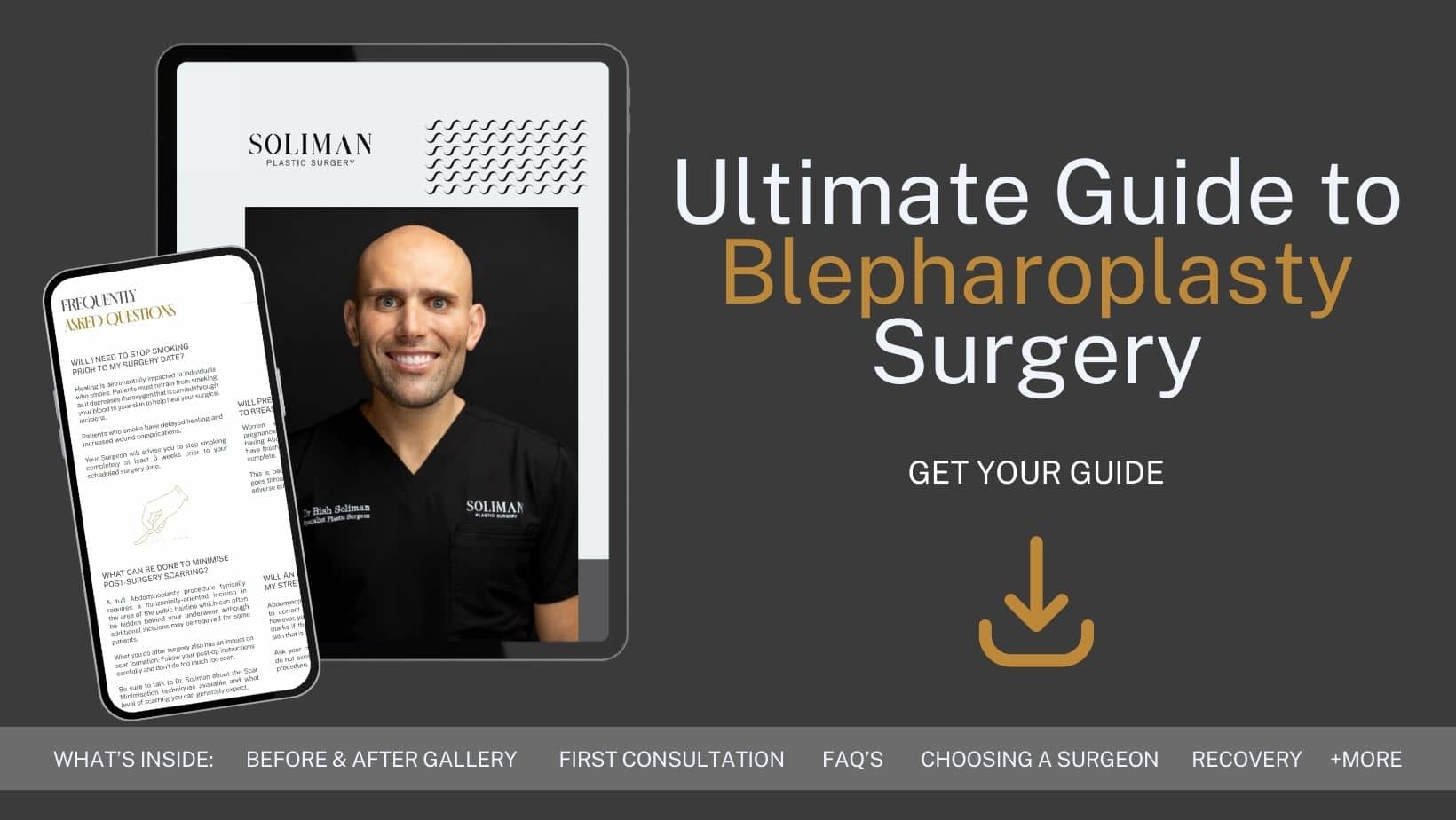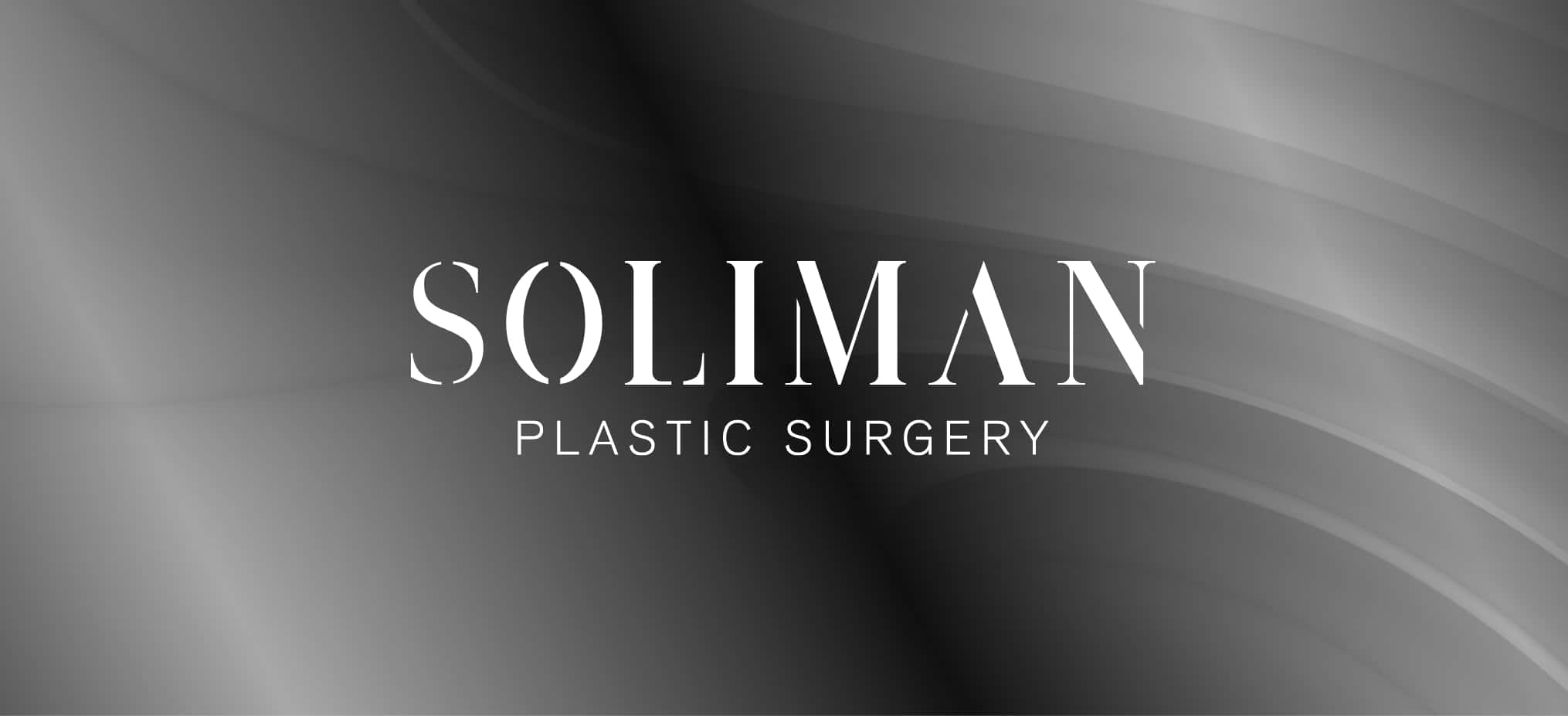Is Removing Blepharoplasty Stitches a Painful Process?
Blepharoplasty a common procedure, but what exactly does it entail? Blepharoplasty, often referred to as eyelid surgery, is a procedure that aims to improve the appearance or functionality of your eyelids. It can be performed on either the upper or lower eyelids or both. This operation is popular among patients confronted with eyelid ptosis – droopy eyelids or under-eye bags. But it’s not just for cosmetic purposes; it can also help those experiencing vision problems due to excess skin on the upper eyelid. This surgical procedure involves removing or repositioning excess tissue as well as reinforcing surrounding muscles and tendons. You may be considering this operation if you’re experiencing sagging or drooping of the eyelids, which can come with age as the skin loses its elasticity. However, with any surgical procedure, there are steps to recovery. In the case of blepharoplasty, an essential part of the healing process involves the removal of blepharoplasty stitches. And this is where many questions arise. Is it painful? What can you expect during and after the removal of blepharoplasty stitches?
Specialist Plastic Surgeon Dr Bish has extensive experience performing blepharoplasty surgery, and he takes a personalised approach to each patient’s care. He will discuss your goals for the surgery and develop a treatment plan that is right for you. Dr Bish uses different techniques in blepharoplasty surgery.
Download Dr Bish Soliman Blepharoplasty Guide

Understanding the Blepharoplasty Procedure
Before discussing the specifics of removing blepharoplasty stitches, let’s first understand the blepharoplasty procedure as a whole. The operation usually takes one to two hours and can be performed under local or general anaesthesia, depending on Dr Bish’s recommendation and your comfort levels. You may have incisions made along the creases of your upper eyelids and just below the lashes in your lower eyelids.
Your plastic surgeon will then remove or reposition excess fat, muscle, and skin to achieve a smoother appearance. The incisions are then closed with tiny sutures, or blepharoplasty stitches, which leads us to the topic at hand. These stitches are a crucial part of the procedure as they hold the skin together while it heals, ensuring a smoother, less noticeable scar.
The blepharoplasty procedure itself is considered relatively safe with a high success rate. However, as with any surgical procedure, there are risks and potential complications. These can include infection, bleeding, dry eyes, or an inability to close the eyes completely.
The Role of Stitches in Upper Eyelid Lift Surgery
In upper eyelid lift surgery, or upper blepharoplasty, stitches play a vital role. They are used to close the incisions made during the surgery. This allows for the proper healing of the tissue and reduces the risk of scarring. The stitches used in upper eyelid lift surgery are usually very fine and are placed with precision to ensure the best possible cosmetic result.
But these stitches aren’t designed to be permanent. They are meant to be removed after a certain period of time, typically five days after the surgery. The removal of these stitches is an important step in the post-operative care and recovery after blepharoplasty.
The Process of Removing Blepharoplasty Stitches
So, what exactly is involved in the process of removing blepharoplasty stitches? The first thing you should know is that it’s a quick and straightforward procedure. Your plastic surgeon or a nurse will use a pair of small scissors and tweezers to cut and remove each stitch.
You might feel a slight tug as each stitch is removed, but the process should not cause significant discomfort. In fact, many patients report that the removal of blepharoplasty stitches is far less uncomfortable than they anticipated.
It’s important to remember that the process of removing blepharoplasty stitches should always be performed by a professional. While it may seem like a simple task, attempting to remove the stitches yourself can lead to complications, including infection or scarring.
Is Removing Blepharoplasty Stitches Painful?
If you’re wondering “Is removing blepharoplasty stitches painful?” the answer is “Generally, no”. While you might feel a slight pull or pinch as each stitch is removed, most people do not describe the sensation as painful.
Of course, everyone’s pain tolerance is different. What one person finds painless, another might find uncomfortable. However, rest assured that your plastic surgeon will do everything they can to make the process as comfortable as possible for you. He may even apply a local anaesthetic to numb the area before removing the stitches, further reducing any potential discomfort.
Tips for a Comfortable Recovery after Blepharoplasty
The recovery after blepharoplasty involves more than just removing the stitches. Here are some tips to make your recovery as comfortable as possible:
- Rest and elevate: Keeping your head elevated can help reduce swelling. Try to get plenty of sleep and take it easy for a few days after the surgery
- Use a cold compress: Applying a cold compress to your eyes can also help reduce swelling and relieve discomfort
- Follow Dr Bish’s instructions: Your plastic surgeon will give you detailed post-operative care instructions. Be sure to follow them closely to ensure a smooth recovery
Managing Pain and Discomfort after Blepharoplasty Stitches Removal
While most people find the removal of blepharoplasty stitches to be relatively painless, it’s normal to experience some discomfort in the days following the procedure. Here are some tips to help manage any pain or discomfort:
- Over-the-counter pain relievers: Non-prescription pain relievers can help manage any discomfort you may be feeling
- Avoid strenuous activities: Give your body time to heal by avoiding heavy lifting and strenuous exercise for a few weeks after the surgery
- Keep the area clean: Keeping the surgical area clean and dry can help prevent infection and promote healing
What to Expect After Blepharoplasty Stitches Removal
After the stitches have been removed, you might notice some redness and swelling around the incision sites. This is completely normal and should gradually decrease over time. You may also experience some temporary changes in your vision, such as blurriness or double vision, but these should resolve on their own within a few days.
In the weeks following the removal of your blepharoplasty stitches, you’ll start to see the final results of your surgery, after the bruising or swelling are completely gone.
When to Consult Your Plastic Surgeon after Blepharoplasty
While it’s normal to experience some discomfort and swelling after blepharoplasty, you should contact your plastic surgeon if you notice any of the following symptoms:
- Severe pain that isn’t relieved by over-the-counter pain medication
- Signs of infection, such as increased redness, swelling, or discharge from the incision sites
- Changes in your vision that don’t improve within a few days
Keep in mind that it’s important to follow your plastic surgeon’s post-operative care instructions and to keep all of your follow-up appointments. Your plastic surgeon is your best resource for any questions or concerns you may have during your recovery.
While the thought of removing blepharoplasty stitches may seem daunting, it is usually a quick and painless process. With proper care and management, the recovery from upper eyelid lift surgery can be smooth sailing. Remember, always reach out to your plastic surgeon with any worries or concerns. He is there to help you through each step of the process and ensure your comfort and well-being.
FAQs about Blepharoplasty and Recovery
What is blepharoplasty, and why do people undergo the procedure?
- Blepharoplasty, commonly referred to as an eyelid lift or eyelid surgery, is a surgical procedure that involves the removal or repositioning of excess skin, muscle, and sometimes fat from the upper and/or lower eyelids. The surgery can correct drooping upper lids (eyelid ptosis) and puffy bags below the eyes. People undergo this procedure to improve vision obstructed by sagging eyelids, or address hereditary traits.
What is the typical recovery time after blepharoplasty?
- The initial recovery period, where patients might experience swelling, bruising, and discomfort, lasts for 7 to 10 days. Most patients feel comfortable returning to work and social activities after this period. However, it can take several weeks to months for all the swelling to resolve and for the final results to become apparent.
How should I care for my eyes post-surgery?
Post-operative care recommendations often include:
- Cold Compresses: Applying cold packs or compresses to the eyes for the first 48 hours to minimise swelling
- Medication: Using prescribed ointments or eye drops to prevent dry eyes and infection
- Protection: Wearing sunglasses to shield your eyes from the sun and wind
- Rest: Getting plenty of sleep and avoiding activities that strain the eyes, like reading or screen time, for a few days
- Avoiding strenuous activities: Refraining from heavy lifting, bending over, or vigorous exercise for at least a week
Are there any complications or risks associated with blepharoplasty?
- As with any surgery, there are inherent risks involved. Complications, though rare, can include infection, bleeding, scarring, difficulty closing the eyes, dry eyes, and temporary or permanent changes in vision.
When will I be able to see the final results of the surgery?
- While most of the noticeable swelling and bruising will diminish within a few weeks, it can take several months for the area to fully heal and for the final results to be evident. Factors like individual healing response, the extent of the surgery, and post-operative care can influence the timeline. It’s essential to maintain regular follow-ups with your plastic surgeon to monitor your progress.
Further Reading about Face Procedures with Dr Soliman
- Read Dr Soliman’s Blepharoplasty Surgery Page
- Read Dr Soliman’s Lip Lift Surgery Page
- Read Dr Soliman’s Neck Lift Surgery Page
- Read Dr Soliman’s Rhinoplasty Surgery Page
- Read Dr Soliman’s Facelift Surgery Page
- Read Dr Bish’s Blog about Tips to Reduce Swelling and Bruising After Eyelid Surgery
- Read Dr Bish’s Blog about Complications of Blepharoplasty and How to Avoid Them
- Read Dr Bish’s Blog about Causes of Ageing Eyes – Losing Vision with Drooping Eyelids
- Read Dr Bish’s Blog about Biggest Mistakes Surgeons Make with Blepharoplasty Surgery
Medical References about Eyelid Surgery
- Blepharoplasty – Mayo Clinic
- Eyelid Surgery – ASPS
- Eyelid surgery – NHS
- Blepharoplasty (Eyelid Surgery) – Cleveland Clinic
- Eyelid Surgery – American Academy of Ophthalmology



